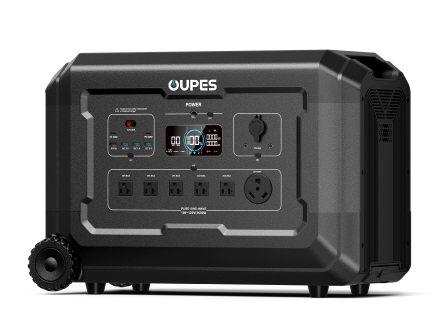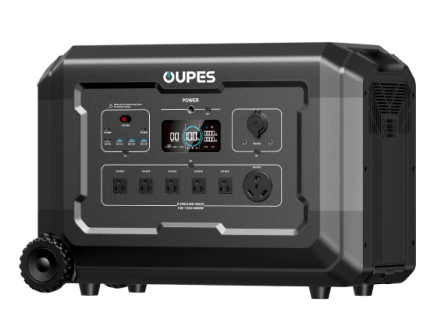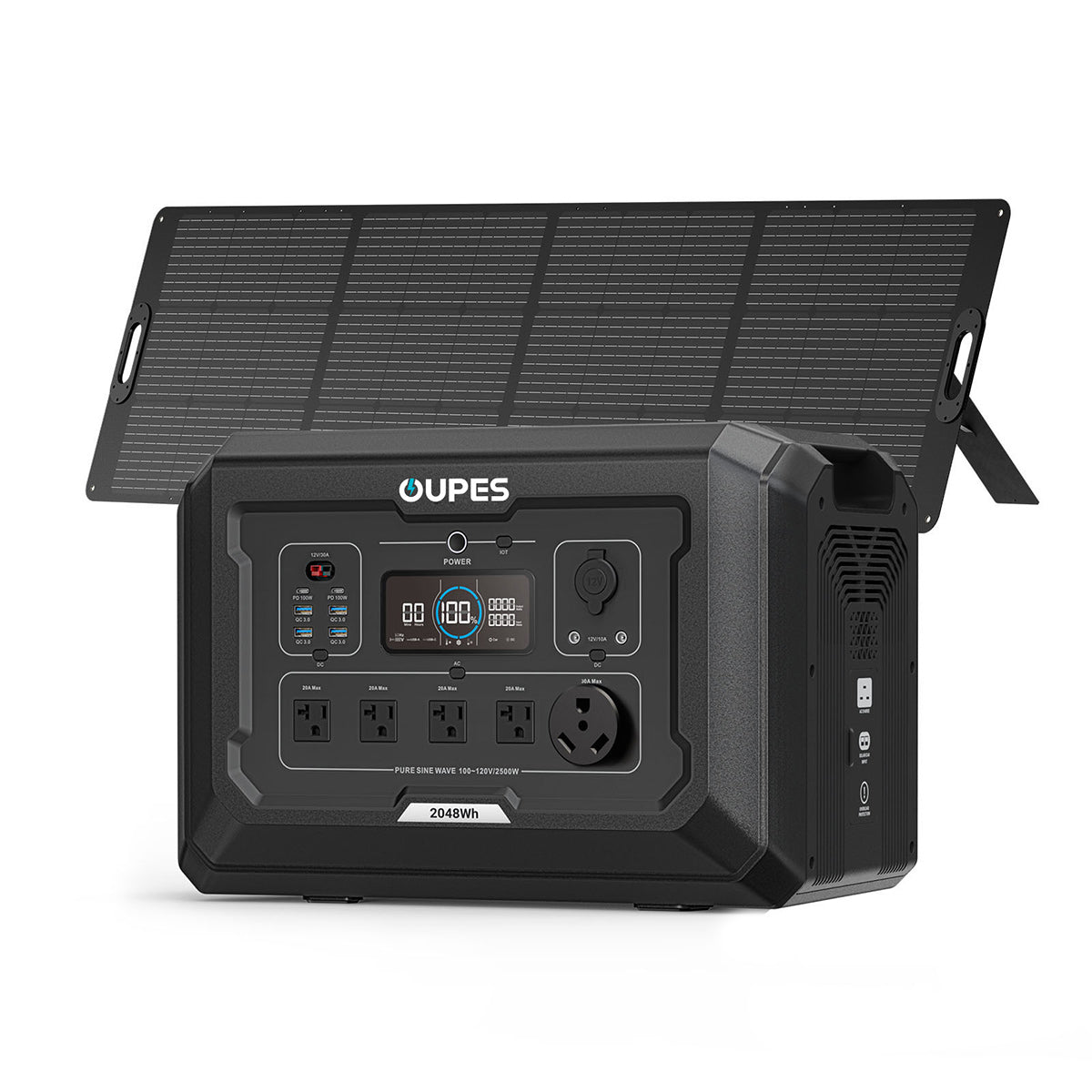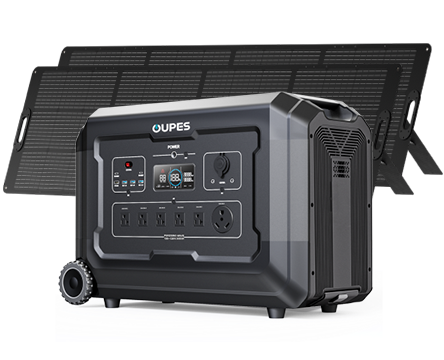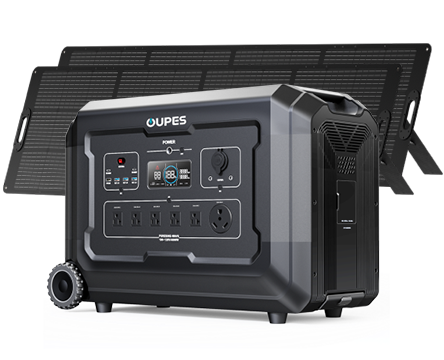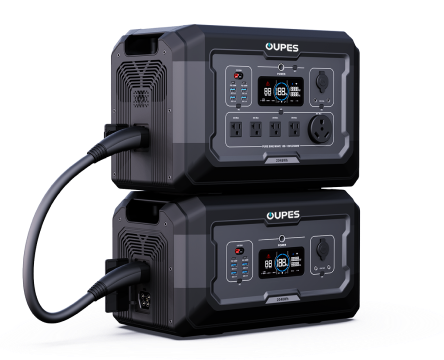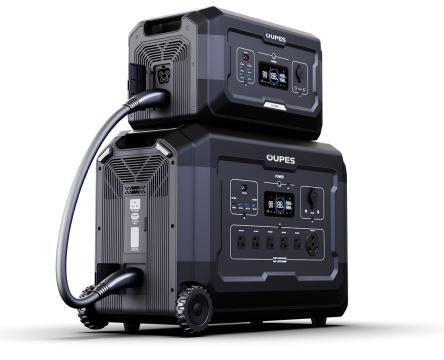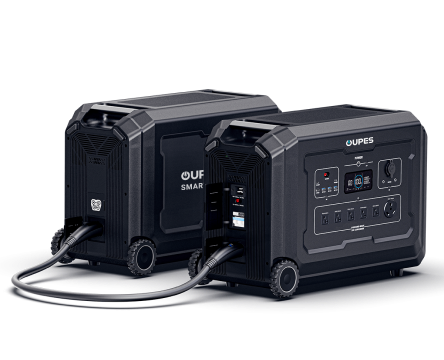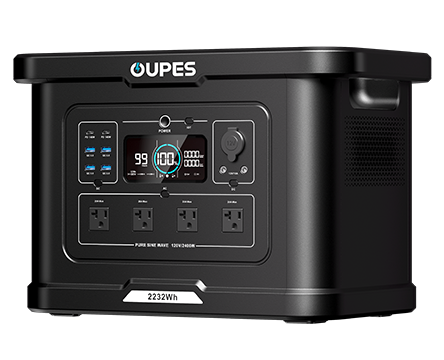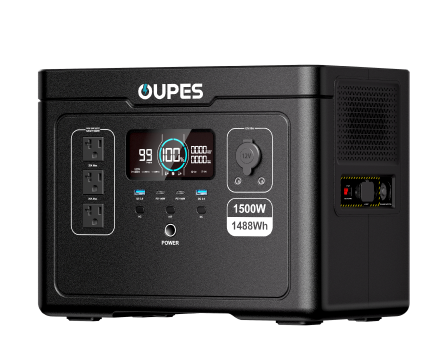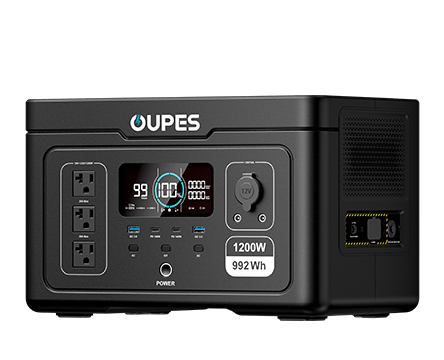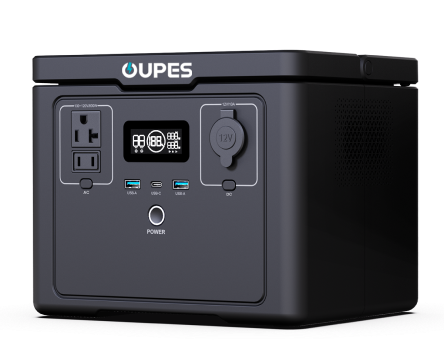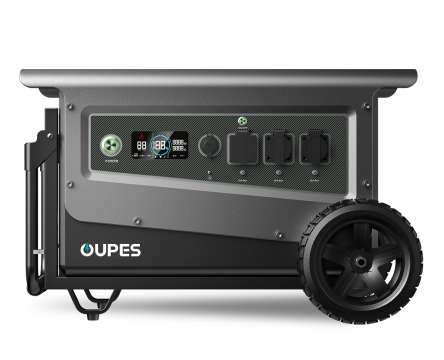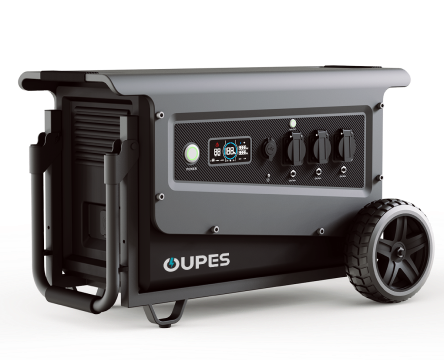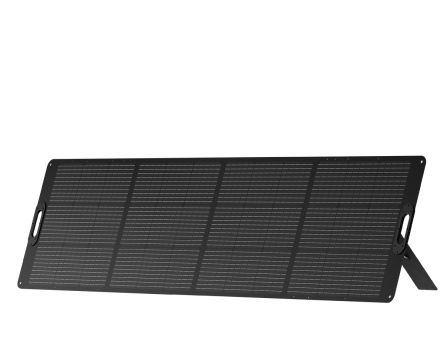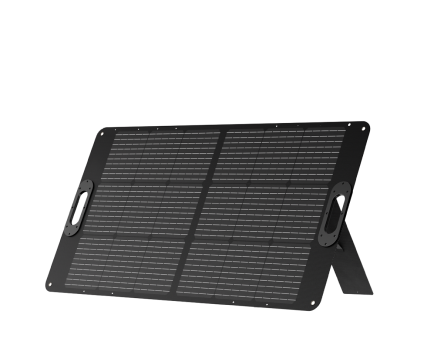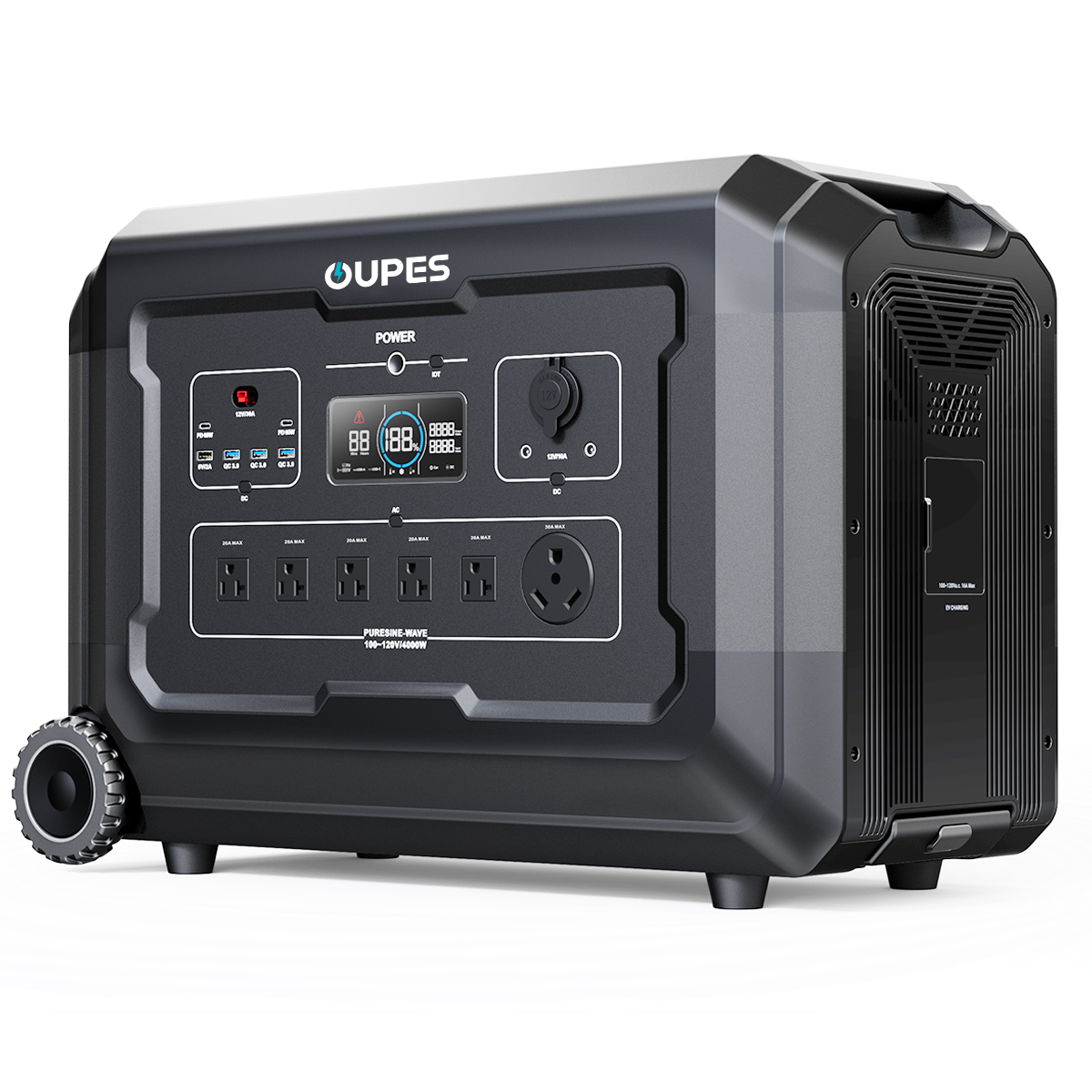
Imagine being miles away from the nearest electrical outlet, deep in the wilderness, yet still being able to charge your phone, power a small fridge, or keep essential lights on. Picture a scenario where a sudden power outage leaves your neighborhood dark, but your home remains a pocket of light and connectivity. These aren't futuristic fantasies; they are realities made possible by the advent of portable solar power generators. These innovative devices offer a clean, quiet, and increasingly accessible way to harness the sun's energy, providing power independence wherever and whenever it's needed. As our reliance on electronic devices grows and awareness of environmental impacts sharpens, the appeal of off-grid, renewable energy solutions like portable solar generators is becoming undeniable, transforming how we approach power needs for recreation, work, and emergencies.
The concept marries the boundless energy of the sun with the convenience of portability, creating a self-contained power station you can carry almost anywhere. Unlike traditional fossil fuel generators, they operate silently, produce no harmful emissions, and require no flammable fuel, only sunlight. This blend of sustainability, convenience, and reliability is driving their popularity among campers, RV enthusiasts, remote workers, event organizers, and homeowners seeking backup power. Understanding how these systems work, what components make them tick, and how to choose the right one unlocks a new level of energy freedom, enabling adventures and providing crucial support when conventional power sources fail. Let's delve into the world of portable solar power generators and explore the technology that puts the sun's energy directly into your hands.
Understanding the Mechanics: How Portable Solar Generators Function
At its core, a portable solar power generator, often referred to as a portable power station with solar charging capability, is an integrated system designed to capture solar energy, store it in a battery, and deliver it as usable electricity to power various devices. The process begins with photovoltaic (PV) solar panels. These panels contain solar cells, typically made from silicon, which exhibit the photovoltaic effect – the ability to convert sunlight directly into electricity. When photons (light particles) from the sun strike the solar cells, they excite electrons, creating a flow of direct current (DC) electricity. The amount of DC electricity generated depends on several factors, including the intensity and angle of sunlight, the ambient temperature (solar panels are generally more efficient in cooler conditions), and the size and efficiency rating of the panels themselves. Portable systems often utilize foldable or relatively compact rigid panels designed for easy transport and setup.
This raw DC power generated by the panels isn't typically used directly by the storage system. It first flows through a crucial component known as a charge controller, which is usually integrated within the main power station unit. The charge controller acts as a smart gatekeeper, regulating the voltage and current coming from the solar panels to ensure the battery is charged safely and efficiently. It prevents overcharging, which can damage the battery and shorten its lifespan, and can also prevent deep discharging by cutting off power to the load when the battery level gets too low. Modern portable generators almost exclusively use Maximum Power Point Tracking (MPPT) charge controllers. MPPT controllers are significantly more efficient than older Pulse Width Modulation (PWM) types because they actively adjust their electrical operating point to maximize the power harvested from the solar panels, especially under variable conditions like partial shading or fluctuating sunlight. This means you get more usable power from your panels throughout the day.
The regulated DC energy is then stored in a high-capacity rechargeable battery, the heart of the portable generator. The dominant battery technology used today is Lithium-ion, specifically chemistries like Lithium Iron Phosphate (LiFePO4) or Lithium Nickel Manganese Cobalt Oxide (NMC). LiFePO4 is increasingly favored for its longer cycle life (meaning it can be charged and discharged thousands of times), enhanced safety profile (less prone to thermal runaway), and wider operating temperature range compared to NMC, although NMC can sometimes offer slightly higher energy density (more power for the same weight). The battery's capacity, measured in Watt-hours (Wh), determines how much total energy the generator can store and thus how long it can power devices before needing a recharge. Finally, when you need to power standard household appliances or electronics that run on alternating current (AC), the stored DC energy from the battery is passed through an inverter. The inverter converts the low-voltage DC power into the standard AC voltage (e.g., 120V in North America or 230V in Europe) required by most common devices. High-quality portable generators use pure sine wave inverters, which produce clean, stable AC power identical to grid electricity, ensuring compatibility and safe operation for sensitive electronics like laptops, medical devices, and certain power tools. Modified sine wave inverters, found in cheaper units, can cause issues with some devices. The power station unit integrates all these components (battery, charge controller, inverter) along with various output ports (AC outlets, USB-A, USB-C, DC carports) into a single, portable package.
Key Components Deconstructed: The Building Blocks of Portable Solar Power
To truly appreciate a portable solar generator, it's helpful to understand its constituent parts in more detail. Each component plays a vital role in the system's overall performance, efficiency, and usability. First and foremost are the solar panels. These are the system's energy collectors. Portable panels come in various forms: foldable fabric-backed arrays that are lightweight and compact for backpacking or camping, suitcase-style folding panels that offer a balance of portability and larger surface area, and smaller rigid panels that might be mounted on RVs or used for semi-permanent setups. Panel efficiency varies, with monocrystalline panels generally offering the highest efficiency (converting more sunlight into electricity per square foot) but often at a higher cost, followed by polycrystalline panels. Thin-film panels are lighter and more flexible but usually less efficient. The wattage rating (e.g., 100W, 200W) indicates the panel's potential power output under ideal test conditions. Multiple panels can often be linked together (in series or parallel, depending on the generator's input specifications) to increase the charging speed.
The battery is arguably the most critical component, defining the generator's capacity and runtime. As mentioned, Lithium-ion batteries dominate the market. Capacity is measured in Watt-hours (Wh) – a 1000Wh battery can theoretically deliver 100 Watts of power for 10 hours, or 1000 Watts for 1 hour (though factors like inverter efficiency affect real-world performance). Amp-hours (Ah) are sometimes listed but are less informative without knowing the battery voltage (Wh = Ah x V). Beyond capacity, cycle life is crucial for longevity; a LiFePO4 battery might offer 2000-4000+ charge cycles before its capacity significantly degrades, whereas NMC might offer 500-1000 cycles. Depth of Discharge (DoD) indicates how much of the battery's capacity can be safely used; lithium-ion batteries typically have a high DoD (80-100%). Battery Management Systems (BMS) are integrated circuits that protect the battery cells from over-voltage, under-voltage, over-current, short circuits, and extreme temperatures, ensuring safety and maximizing lifespan.
The inverter determines what kind of devices you can power and how much power you can draw simultaneously. Its continuous power rating (e.g., 1000W) indicates the maximum load it can sustain indefinitely, while the peak or surge power rating (e.g., 2000W) indicates the brief burst of power it can supply to start motor-driven appliances like refrigerators or power tools. Matching the inverter's continuous wattage to the combined wattage of the devices you intend to run is essential. As noted earlier, a pure sine wave output is highly recommended for compatibility and safety, especially with sensitive electronics that might malfunction or be damaged by the choppy waveform of a modified sine wave inverter. The charge controller (usually MPPT) manages the solar input, optimizing the charge and protecting the battery. Finally, the power station chassis houses everything and provides the user interface – typically an LCD screen showing battery percentage, input watts (from solar or wall charger), output watts, and estimated runtime. It also features the array of output ports: standard AC wall outlets, USB-A ports (including Quick Charge versions), high-power USB-C Power Delivery (PD) ports for laptops and fast-charging phones, and 12V DC outputs like a car cigarette lighter socket. The quality of construction, port selection, and user interface significantly impact the overall user experience.
The Multifaceted Advantages: Why Choose Portable Solar Power?
The growing adoption of portable solar generators isn't just a trend; it's driven by a compelling set of advantages that cater to diverse needs, from outdoor recreation to essential backup power. One of the most significant benefits is unparalleled portability and convenience. These units are designed to be moved. While sizes and weights vary greatly depending on capacity, many models feature ergonomic handles, compact designs, and durable casings, making them easy to transport in a car, RV, or boat, or even carried short distances. This allows users to bring reliable power to campsites, beaches, remote cabins, outdoor events, construction sites, or anywhere else the grid doesn't reach. Setting them up is typically straightforward: position the solar panels in sunlight and connect them to the power station. There's no need to transport flammable fuel or deal with the complex maintenance often associated with traditional generators.
Emergency preparedness is another primary driver. Power outages caused by severe weather, grid failures, or other unforeseen events can disrupt lives significantly. A charged portable solar generator provides a crucial lifeline, capable of running essential devices like lights, communication equipment (phones, radios), medical devices (CPAP machines, nebulizers), small refrigerators to preserve food and medicine, and fans or small heaters depending on capacity. Unlike gas generators, they can be safely operated indoors because they produce no toxic emissions like carbon monoxide, offering peace of mind during stressful situations. The ability to recharge them using sunlight ensures a continuous power source even during prolonged outages, as long as the sun shines periodically. This self-sufficiency is invaluable when utility power is unreliable.
Environmental consciousness also plays a major role. Portable solar generators utilize clean, renewable energy from the sun. They produce zero emissions during operation, contributing to cleaner air and reducing the user's carbon footprint compared to fossil fuel alternatives. This aligns with a growing desire for sustainable living and responsible outdoor recreation. Furthermore, they operate virtually silently. This is a massive advantage over noisy gas generators, which can disrupt the tranquility of nature, disturb neighbors, or violate noise ordinances in campgrounds or residential areas. The quiet operation makes them ideal for camping, film production, outdoor events, and even backyard gatherings where noise is a concern. Additionally, while the initial investment can be significant, the long-term operational costs are very low. Sunlight is free, eliminating ongoing fuel expenses. Maintenance is minimal, typically involving just keeping the unit clean and ensuring the battery is managed properly. Over the lifespan of the unit, especially with rising fuel costs, a solar generator can prove to be a cost-effective power solution.
Navigating the Options: Selecting the Ideal Portable Solar Generator
Choosing the right portable solar generator requires careful consideration of your specific needs and intended uses. With a wide array of models available, differing in capacity, power output, features, and price, making an informed decision is key to satisfaction. The first step is to perform a power audit. Identify the devices you plan to power simultaneously and note their wattage requirements (usually found on the device label or in its manual). Sum these wattages to determine the minimum continuous output power you need from the generator's inverter. Also, consider devices with motors (like refrigerators, pumps, or power tools) which require a higher surge wattage to start up; ensure the generator's peak power rating can handle this initial draw. Once you know the power draw, estimate how long you'll need to run these devices between recharges. This helps determine the necessary battery capacity, measured in Watt-hours (Wh). For example, running a 100W load for 5 hours requires 500Wh of stored energy (plus a buffer for inverter inefficiency, typically 10-15%). A larger Wh capacity means longer runtime or the ability to power more demanding devices, but it also translates to a heavier, larger, and more expensive unit.
Battery chemistry is a critical factor influencing longevity and safety. Lithium Iron Phosphate (LiFePO4) batteries are generally recommended for their superior cycle life (often 2000-4000+ cycles), thermal stability (reduced fire risk), and wider operating temperature range compared to Lithium Nickel Manganese Cobalt Oxide (NMC) batteries, which might offer slightly better energy density but typically have a shorter lifespan (500-1000 cycles) and higher sensitivity to temperature. While LiFePO4 units might have a higher upfront cost, their extended lifespan can make them more economical in the long run. Always look for generators with a robust Battery Management System (BMS) for protection.
Consider the charging options and speed. All units can be charged via solar panels, but check the maximum solar input wattage the generator can handle – a higher input allows for faster recharging. Verify the type of solar connector used (MC4, Anderson Powerpole, proprietary) for panel compatibility. Most generators also include an AC wall adapter for charging from a standard outlet; note the charging time, as some units recharge much faster than others. Car charging (via a 12V cigarette lighter adapter) is another common feature, useful for topping up while driving, although it's typically the slowest method. Pass-through charging, the ability to power devices while the generator itself is being recharged, is a valuable feature for continuous operation. Examine the number and type of output ports to ensure they match your devices: AC outlets (check if they are grounded), USB-A (look for QC 3.0), USB-C PD (check wattage – 60W or 100W is good for laptops), and 12V DC outputs. A pure sine wave inverter is essential for powering sensitive electronics without risk of damage. Finally, factor in portability (weight, dimensions, handles), build quality, warranty period, brand reputation, and customer support. Reading reviews and comparing specifications carefully will help you find the portable solar generator that best balances capacity, performance, portability, and price for your specific requirements.
In conclusion, portable solar power generators represent a significant leap forward in accessible, clean, and convenient energy. By efficiently capturing sunlight, storing it in advanced batteries, and delivering it through versatile ports, these devices empower users with energy independence in a multitude of situations. They seamlessly blend the renewable nature of solar energy with the practicality needed for modern life, whether that involves powering gear on a remote camping trip, ensuring essential devices run during a power outage, or facilitating off-grid work and events.
Understanding the interplay between solar panels, charge controllers, batteries, and inverters demystifies their operation and highlights the technological advancements, particularly in battery chemistry (like LiFePO4) and charge controller efficiency (MPPT), that have made them so effective. While the initial investment requires careful consideration of individual power needs, battery capacity, output capabilities, and portability, the long-term benefits – including zero emissions, silent operation, low running costs, and unparalleled flexibility – offer compelling value. As technology continues to improve, making these units even more powerful, efficient, and affordable, portable solar generators are poised to become an increasingly integral part of how we power our lives, both on and off the grid.


